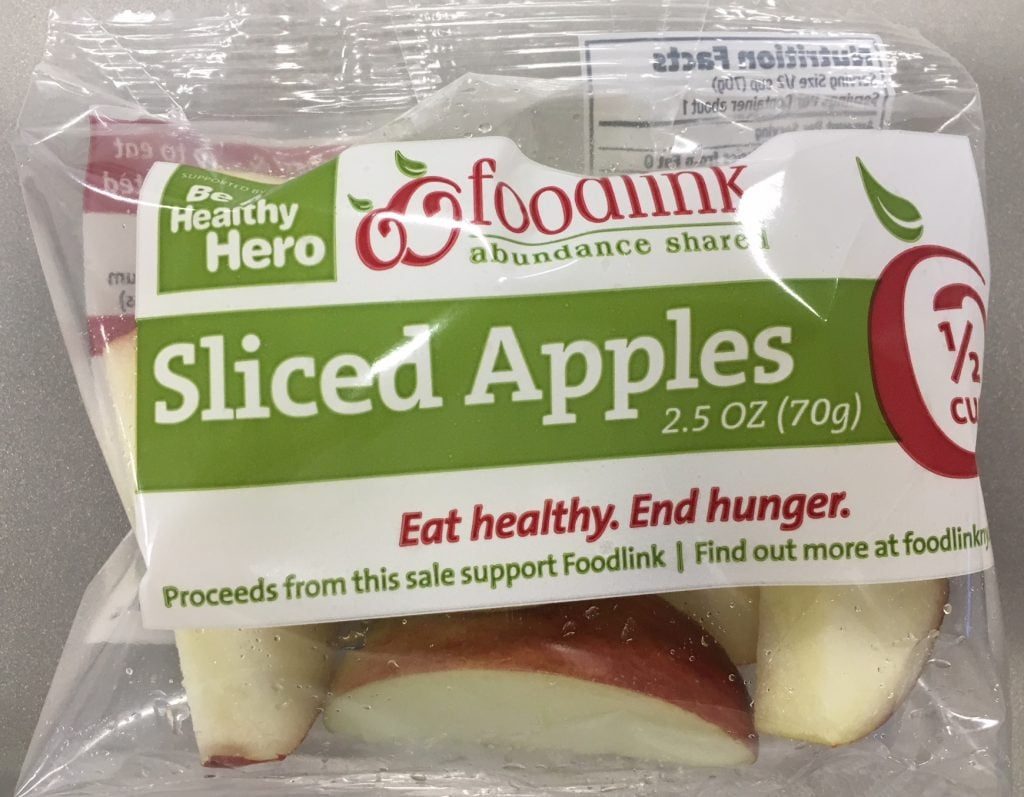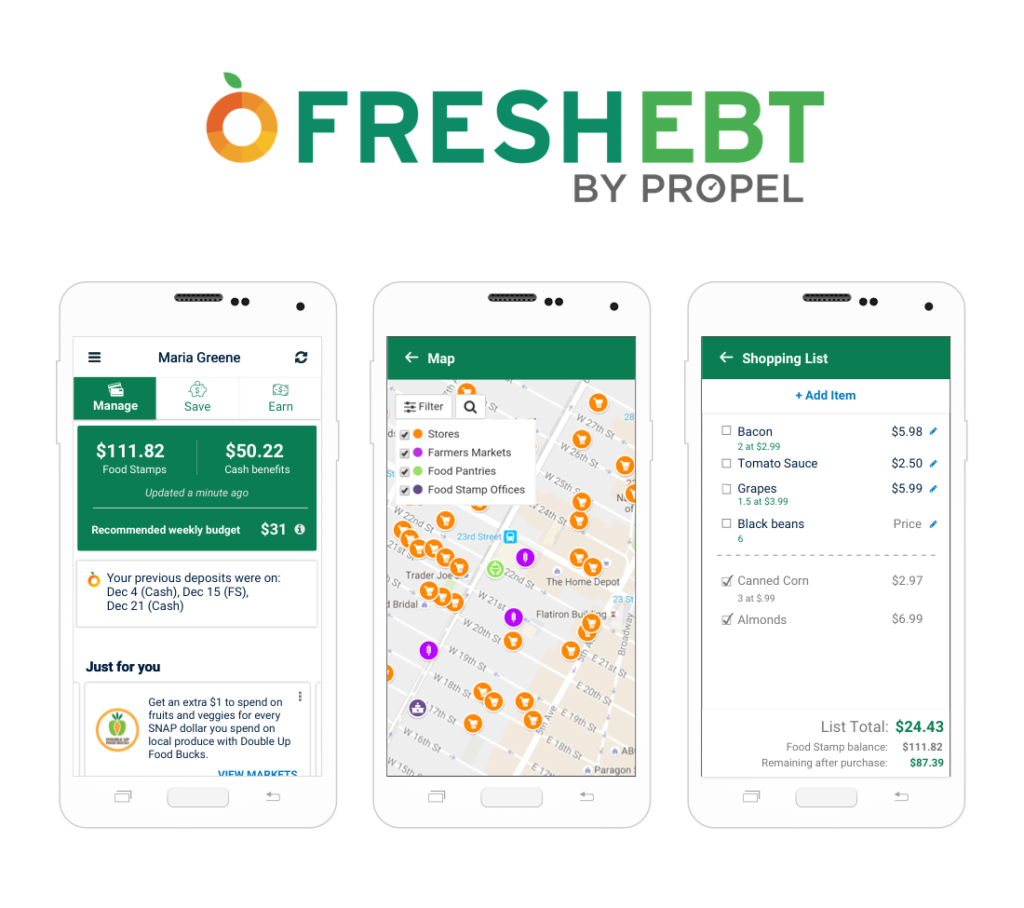In Catherine D’Amato’s vision of the future, doctors will ask patients whether they have enough food in their household just as routinely as they inquire about smoking or alcohol consumption. Hunger will increasingly be viewed as a matter of public health, and public and private entities will work together to…
Food Bank News
With attention focused on whether some able-bodied adults may be restricted from receiving SNAP (today is the last day to submit comments on this Trump Administration proposal*), it’s a good time to consider the many positive provisions tucked away the recently passed farm bill. While the protection of SNAP was…
Should SNAP participants be allowed to use their benefits to purchase sugary beverages? This enduring question got put to the test again this week when two prominent health organizations recommended that recipients of federal nutrition assistance be dissuaded from buying sugary drinks. The advice was part of a policy statement…
It didn’t take long for John Whitaker to confirm that his idea for diverting food headed for the landfill was a keeper. After investing only $10,000, Whitaker accepted his first load of perfectly good food saved from the dump. It was worth $33,000. Following a nearly 30-year career in the…
Everybody understands the appeal of a sliced apple over a whole one. For Foodlink of Rochester, NY, that appeal has translated into a way to get kids to eat healthier food, a boost for the local economy, and an annual revenue stream for the food bank of more than $200,000.…
At just over one million meals served, the federal after-school meals program, largely funded through the Child and Adult Care Food Program (CACFP), does not have near the reach of school lunch or breakfast, but diligence and creativity on the part of some food banks is helping to raise its…
Food banks, which have already risen to the challenge of assisting furloughed federal workers, now face a potentially much bigger shutdown-induced problem: extra demand for food from people facing longer-than-usual gaps between their monthly SNAP payments. When the government resolved a potential disruption in SNAP by issuing February benefits early,…
Propel, a Brooklyn, NY, startup that offers an app to manage SNAP, scrambled as soon as it heard that the government would be handing out February SNAP benefits early due to the shutdown. Early issuance of SNAP would create a long gap between payments, it realized, and it hoped to…
The charitable food system — with its close connection to vulnerable populations — seems like the perfect environment to pursue strategies aimed at controlling diabetes. But finding those solutions is proving as complex as the disease itself. Feeding America helped shed light on possible solutions when it completed a rigorous…








